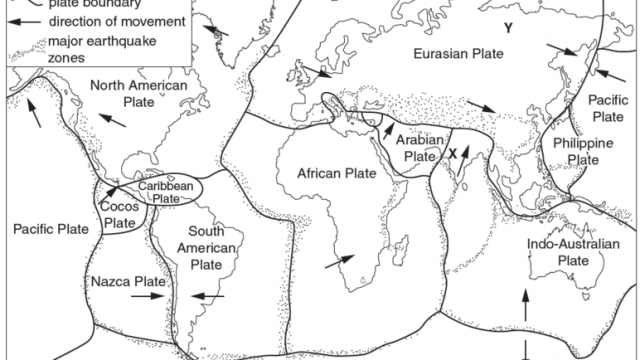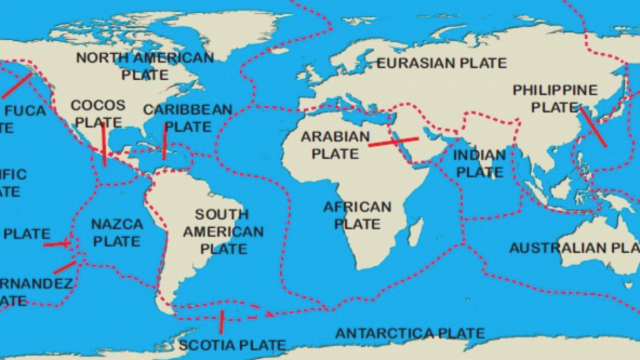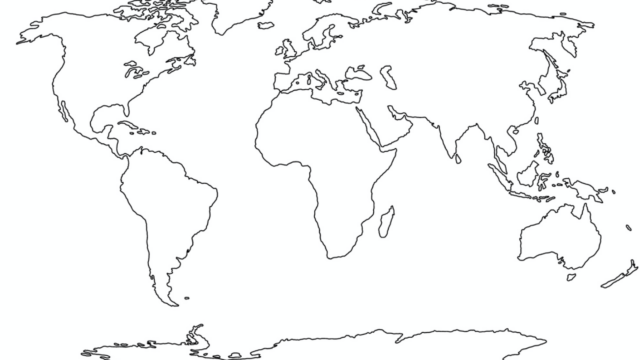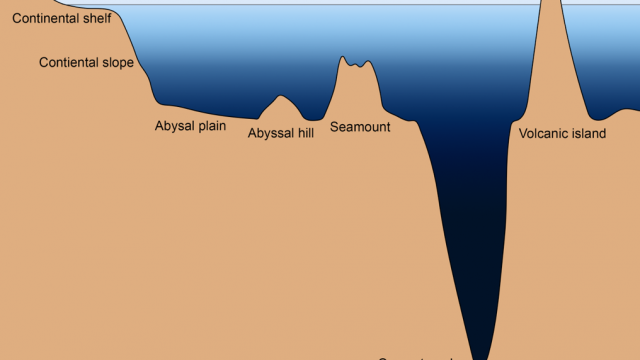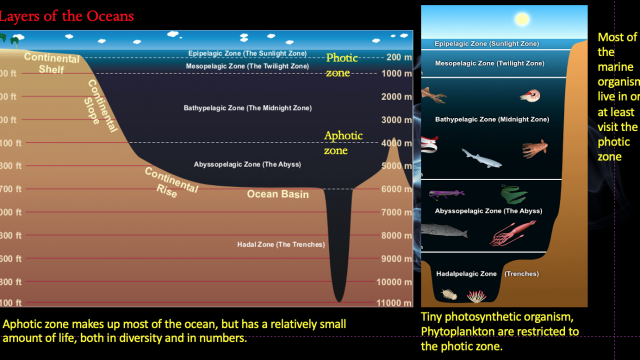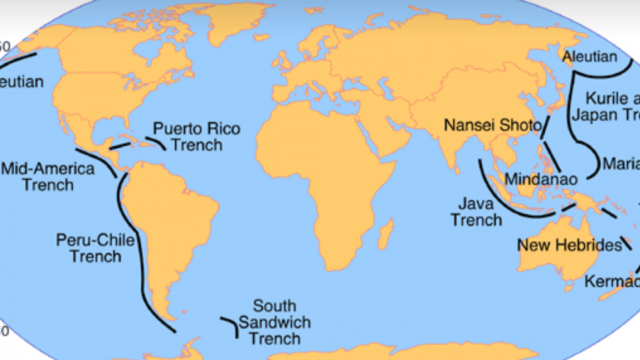| Terminologies | Explanations | Additional information |
|---|---|---|
| Earth's Interior | Crust: The outermost layers of Earth, bounded by the atmosphere above and the asthenosphere below. It is the thinest layer. Mantle: The mantle lies between the dense, super-heated core and the thin crustal layer above. The mantle is about 2,900 kilometers thick, and makes up 84% of Earth’s total volume. It is composed of mostly silicates rocks (silicon and oxygen structure). Core: Unlike the mineral-rich crust and mantle, the core is made almost entirely of iron, nickel and sulfur. 90% of the sulfur on Earth is found in the core. It is the hottest part of our planet. It is also very dense layer. | The asthenosphere is in viscous (semi-solid) state. Read more from the National Geographic Society |
| Major and Minor Plates | Earth's lithosphere is divided into a series of major and minor plates. These plates are actually crustal layers moving over the asthenosphere (outer layer of mantle) due to mantle convection current. Eurasian plate, Indo-Australian plate, North American plate, South American plate, Pacific plate, African plate and Antarctic plate are the major plates. Arabian plate, Caribbean plate, Cocas plate and Scotia plate are the examples of minor plates. Plates move at the rate of 2 to 3 centimeters per year on a average. | Lithosphere is the solid outer layer of the Earth. Refer: National Geographic Society info here. There are two types of lithosphere: oceanic lithosphere and continental lithosphere. Oceanic lithosphere is associated with oceanic crust, and is slightly denser than continental lithosphere. |
| Mantle Convection Current | The movement of tectonic plates is possible due to the thermal energy circulation in Mantle. The heat released from the core helps to drive mantle convection. | Click here to draw the diagram of the mantle convection cell below the oceanic curst at the mid-oceanic ridges. |
| Mid Oceanic Ridges | The massive mid-ocean ridge system is a continuous range of underwater volcanic mountains formed by the diverging plates at the middle of the oceans. These are the most prominent plate boundaries and the most active volcanic features on Earth. Deep rift valleys are located at the center of the system, from which magma flows and forms new oceanic crust. | Click here to refer the distribution of the mid-Oceanic Ridge system. |
Background Knowledge:
Oceans cover 70% of Earth’s surface. Deep sea remains almost entirely unknown. An average depth of 4 kilometres, makes the deep sea the largest of all habitats.
Seafloor Spreading
Ocean floors are the youngest crust of the planet created through the process of seafloor spreading. Seafloor spreading occurs along mid-ocean ridges (large mountain ranges rising from the ocean floor). New ocean floor is created at the mid oceanic ridges as molten materials or magma from the earth’s mantle rises and push apart two divergent plates (slabs of the crust). Therefore, the newest, thinnest crust on Earth is located near the center of mid-ocean ridge.
Keeping Earth in Shape
Seafloor spreading occurs at divergent plate boundaries. The new oceanic crust is formed through volcanic activity and then gradually moves away from the ridge towards the continental margins where the subduction zones are located along the oceanic trenches. Deep-sea trenches are long, narrow depressions in the ocean floor with depths greater than 6000 meters and they can reach 11,000 meters in depth. Trenches are found adjacent to land areas and associated with island arcs worldwide. They are more numerous in the Pacific Ocean. Subduction happens where tectonic plates crash into each and the denser lithospheric crust goes beneath the lighter continental crust and then melts back into the Earth’s mantle.
Refer seafloor spreading from the National Geographic Resource Library

